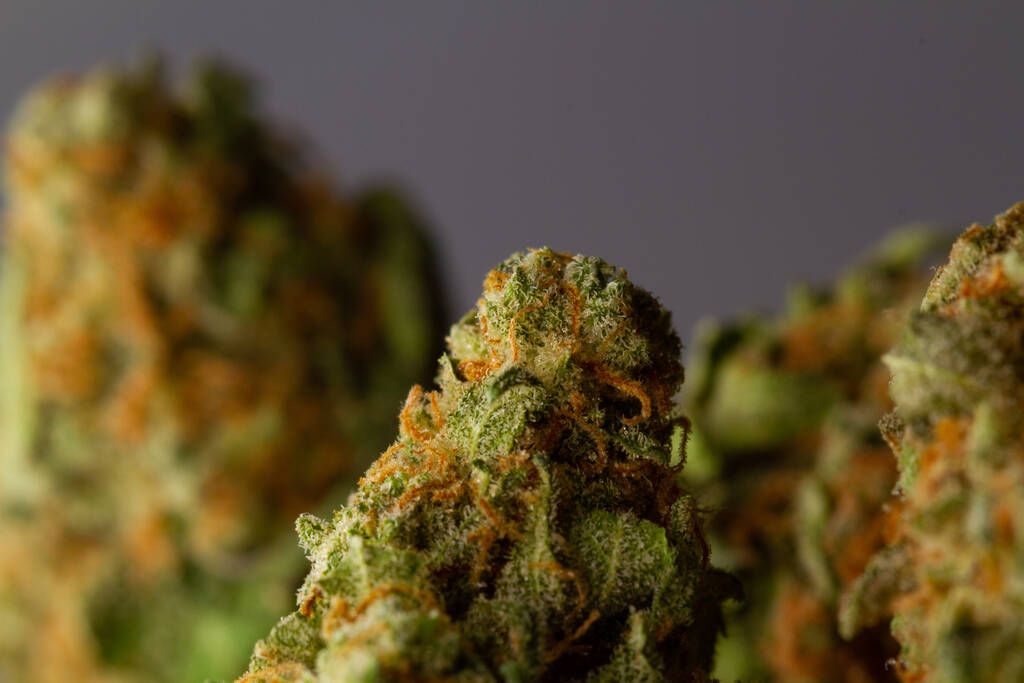Although a strong majority of people in the US now support legalizing marijuana, it remains a contentious issue, with supporters claiming it can decrease crime and critics worrying it might increase criminal activities.

As more states adopt legalization, extensive data has become available, enabling a thorough analysis of its impact on crime rates nationwide and providing real-world evidence to inform the ongoing debate.
Colorado, one of the pioneers in legalizing recreational marijuana in 2012, has observed significant changes in crime rates. From 2012 to 2016, the state saw a decrease in property crimes from 2,364 to 2,034 per 100,000 residents. Additionally, the state experienced a decline in violent crime rates by 10% from 2012 to 2019, as reported by the Colorado Department of Public Safety.
Washington, which legalized recreational marijuana in 2012, experienced a 12% reduction in violent crime rates and a 9% decrease in property crime rates between 2012 and 2018. These reductions align with the findings of the Washington State Institute for Public Policy, which also highlighted a significant decrease in marijuana-related arrests, easing the burden on the criminal justice system.
Oregon legalized recreational marijuana in 2014 and has since seen its overall crime rate fall by 4% from 2014 to 2019. Drug-related offenses, including marijuana-related arrests, dropped by 50%, allowing law enforcement to allocate resources to more serious crimes, as noted by the Oregon Criminal Justice Commission.
California, where recreational marijuana was legalized in 2016, reported a 6% decrease in violent crime from 2016 to 2019. Although property crime rates remained stable, marijuana-related arrests dropped by 56% in the first year of legalization, highlighting a significant shift in law enforcement priorities.
Alaska, which legalized recreational marijuana in 2014, has seen a 3% decrease in overall crime rates and a 4% reduction in violent crime rates from 2014 to 2019. Additionally, the state experienced a dramatic 93% decrease in marijuana-related arrests, demonstrating a shift in criminal justice focus.
Nevada, another early adopter of recreational marijuana in 2016, reported a 2% decrease in violent crime rates, although property crime rates saw a slight increase of 1%. Marijuana-related arrests, however, dropped by 70%, indicating substantial changes in law enforcement activities.
Maine, which began legal sales of recreational marijuana in 2020, reported a 5% decrease in violent crime and a 3% decrease in property crime in the first year of legal sales. Marijuana-related arrests decreased by 67%, showing early positive impacts of legalization.
Michigan, legalizing recreational marijuana in 2018, saw a 4% decrease in violent crime and a 3% decrease in property crime from 2018 to 2021. Marijuana-related arrests dropped by 72%, allowing law enforcement to focus on more severe offenses.
Illinois, legalizing recreational marijuana in 2020, reported a 6% decrease in violent crime and a 2% decrease in property crime in the first year post-legalization. Marijuana-related arrests decreased by 60%, suggesting a significant shift in criminal justice efforts.
Arizona and Massachusetts also followed suit, reporting similar trends of decreased marijuana-related arrests and reallocating resources to tackle more severe crimes. In Massachusetts, although violent crime increased post-legalization by 57 more than the national trend, overall crime rates have shown varied impacts.
A broader analysis by the FBI’s Uniform Crime Reporting (UCR) Program supports these findings. The data suggests that states with legalized recreational marijuana have generally seen a decline in marijuana-related arrests, easing the burden on the criminal justice system.
In non-legalizing states, there were no significant changes in violent crime rates immediately following the legalization period observed in states like Colorado and Washington.
It is important to note that while marijuana legalization appears to correlate with a decrease in certain types of crime, it is not the sole factor influencing crime rates. Economic conditions, law enforcement practices, and social factors also play significant roles.
References:
- Cato Institute: The Effect of State Marijuana Legalizations: 2021 Update (Cato Institute)
- NORML Fact Sheet: Marijuana Regulation and Crime Rates (NORML)
- National Institute of Justice: Measuring the Criminal Justice System Impacts of Marijuana Legalization and Decriminalization (National Institute of Justice)
- Office of Justice Programs: Marijuana Legalization and Crime Clearance Rates: Testing Proponent Assertions in Colorado and Washington State (Office of Justice Programs)
- EBPS Society: Crime Rates After Legalization of Weed (EBP Society)
- FBI Uniform Crime Reporting (UCR) Program: Analysis of crime trends and marijuana-related arrests. FBI UCR Report





